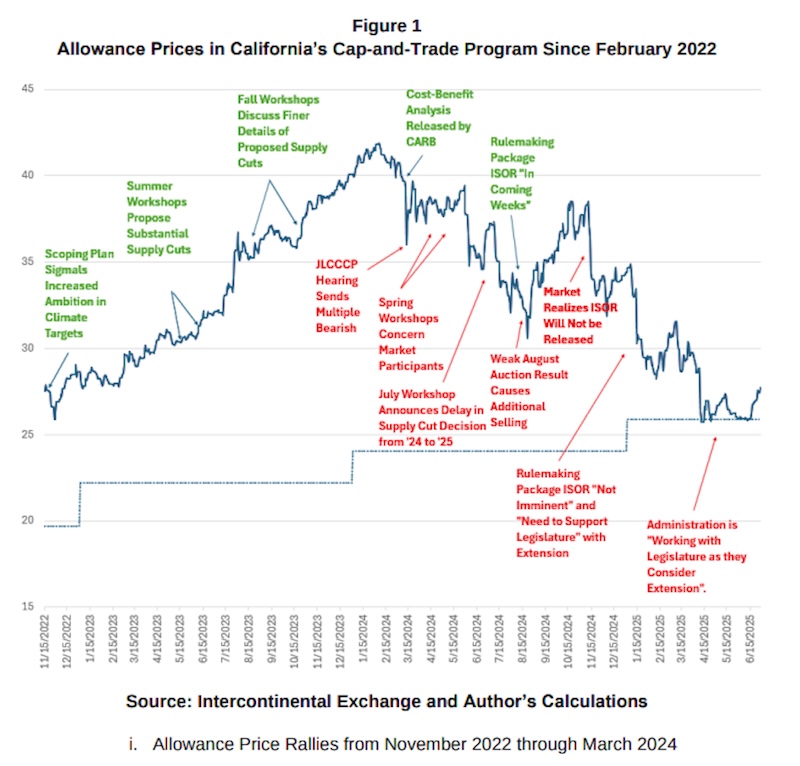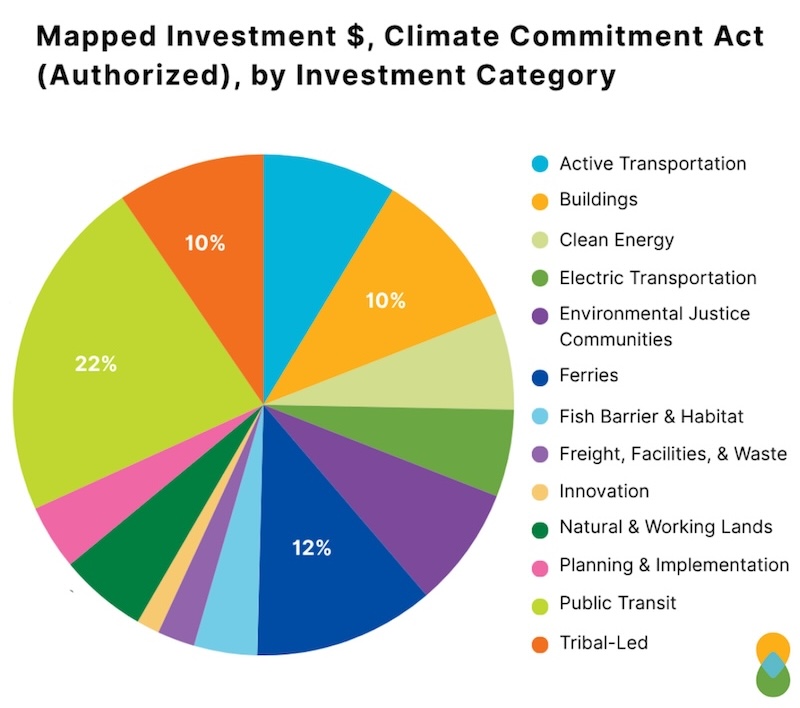What Rescinding the “Endangerment Finding” Means for WA
There has been a lot of discussion about the Environmental Protection Agency’s (EPA) proposal to repeal the “endangerment finding.” Issued in 2009, the endangerment finding states that greenhouse gases like carbon dioxide and methane endanger human health and welfare. It is the basis for federal laws regulating greenhouse gas emissions under the Clean Air Act.
From our Executive Director, Michael Mann: “The EPA’s proposal is a dangerous step backwards to a time of climate change denial, despite the growing evidence that floods, wildfires, and excessive heat events across the country bring imminent harm to local communities. In Washington state, we are committed to science, clean air, and protecting vulnerable communities from the negative health impacts of greenhouse gas toxins.”
Even if this proposal goes through, it won’t happen overnight. There are many procedural hurdles, including public hearings that took place this week, and a comment period that extends through September 22, 2025.

Read the full story in The Spokesman-Review
If the federal government wants to cede its authority to regulate greenhouse gases and reduce pollution, then states can and should step into that breach.
Washington state serves as a beacon during these times. We are resilient in moments like this one because of the leadership of the Washington Legislature, Tribal nations, businesses, and communities in prioritizing and passing commonsense, effective climate laws.
Revoking the endangerment finding would not directly impact the Climate Commitment Act (CCA), the state’s landmark legislation that reduces pollution while reinvesting billions in clean air, clean water, and clean transportation. It does not eliminate the Clean Energy Transformation Act, which commits Washington to a greenhouse gas emissions-free electricity supply by 2045. And it does not eliminate the Clean Fuel Standard, which reduces the carbon intensity of transportation fuels while investing in alternatives, like electrification or sustainable aviation fuel.
At Clean & Prosperous, we believe a declining cap on pollution – like we have with the CCA – is the ideal model for climate policy. There are a number of states currently considering cap-and-invest programs across the country, and we hope this increases their urgency to design and implement them.
Leaders in Washington state are ready to help our subnational partners bring pollution caps to their own communities. Regardless of federal retrenchment, the need for clean air, clean water, and catalyzing the clean energy economy is not going away.
CA Makes Headway on Cap-and-Invest Reauthorization
Here’s an exciting update on our neighbors to the south: The California legislature is making notable progress on their efforts to reauthorize their cap-and-invest program! Assemblymember Jacqui Irwin recently released draft legislation reauthorizing the program through 2045.
Our partners at Clean & Prosperous California detailed how uncertainty around the future of California’s cap-and-invest program has left significant revenue on the table. The report found that, in the last year alone, California missed out on approximately $3 billion in allowance auction revenue that could have gone to clean air, wildfire resilience, clean water, and lower utility bills.

Clean & Prosperous California also recently joined Ceres to lead a coalition of more than 40 business groups in calling on the legislature to authorize the cap-and-invest program through 2045 before the end of this year’s session. This follows high-profile environmental groups, including The Climate Center and Environmental Defense Fund, underscoring the need to reauthorize an ambitious, effective cap-and-invest program this year.
For Washington’s part, reauthorization through 2045, coupled with codifying program ambition into law through declining caps, are the most important elements to facilitate linking our two carbon markets. Linking our markets offers substantial short- and long-term benefits aligned with CCA goals, notably program durability, market stability, and enhanced collective ambition across jurisdictions.
Fact Check: How Much CCA Funding is Going Toward Community-Facing Projects?
You may have heard recent commentary giving the impression that the vast majority of CCA funding is being deployed for internal uses related to administration, compliance, etc. Unfortunately, these opinion pieces are factually inaccurate, and reflect a lack of context that could mislead the public!
Here’s the truth: The operating budget represents the smallest share of CCA funds, with about 20 percent of investments allocated to operating since the program began. For the 2025-2027 biennium budget, the share of CCA funding going toward the operating budget is roughly 9.5 percent.
The vast majority of CCA funding is allocated between the capital and transportation budgets. Remember that the Legislature requires in statute that one-third of CCA funding goes toward transportation.
The capital and transportation budgets reflect investments in transformative projects like electric vehicle charging infrastructure, building upgrades to improve air quality in schools and community centers, converting diesel-powered ferries to hybrid-electric, and Tribal-led fish habitat restoration.
The operating budget is fundamentally a year-over-year effort, literally funding the ongoing operations of the government. That is why you will see administrative funding show up within that pot of money. However, no meaningful, good-faith analysis can rely on only the operating budget to make extrapolations about CCA investments writ large.

We want to elevate analysis from Clean & Prosperous Institute (CPI) and their resource Mapping Washington’s Climate Commitments, which is the single most comprehensive resource that tracks where and how revenue from Washington’s landmark cap-and-invest program is spent.
The map was recently updated to reflect the 2025 Legislative session and features approximately 2,700 unique CCA-funded projects totaling $4.74 billion in existing and planned spending through June 2027. CPI found the following key takeaways after analyzing the data:
- Of the $3.19 billion in CCA revenue raised through allowance auctions to-date, $3.04 billion has been appropriated for an authorized, location-specific outcome. This means that 95 percent of CCA revenue raised to-date has been allocated toward a specific purpose.
- $1.66 billion in mapped CCA projects are either Tribal-led or allocated to overburdened communities, which represents more than half of all mapped projects.
- Since the last map update in February 2025, just under $1 billion in CCA revenue has been authorized for a specific, mappable project. This shows significant and accelerated progress by the Legislature and Washington state agencies to allocate funding.
Anyone interested can explore CPI’s Mapping Washington’s Climate Commitments resource here: https://climatecommitment.cleanprosperousinstitute.org/.
We encourage you to subscribe and share this newsletter with anyone in your network interested in data-driven, factual analysis on Washington’s nation-leading clean energy transition!

